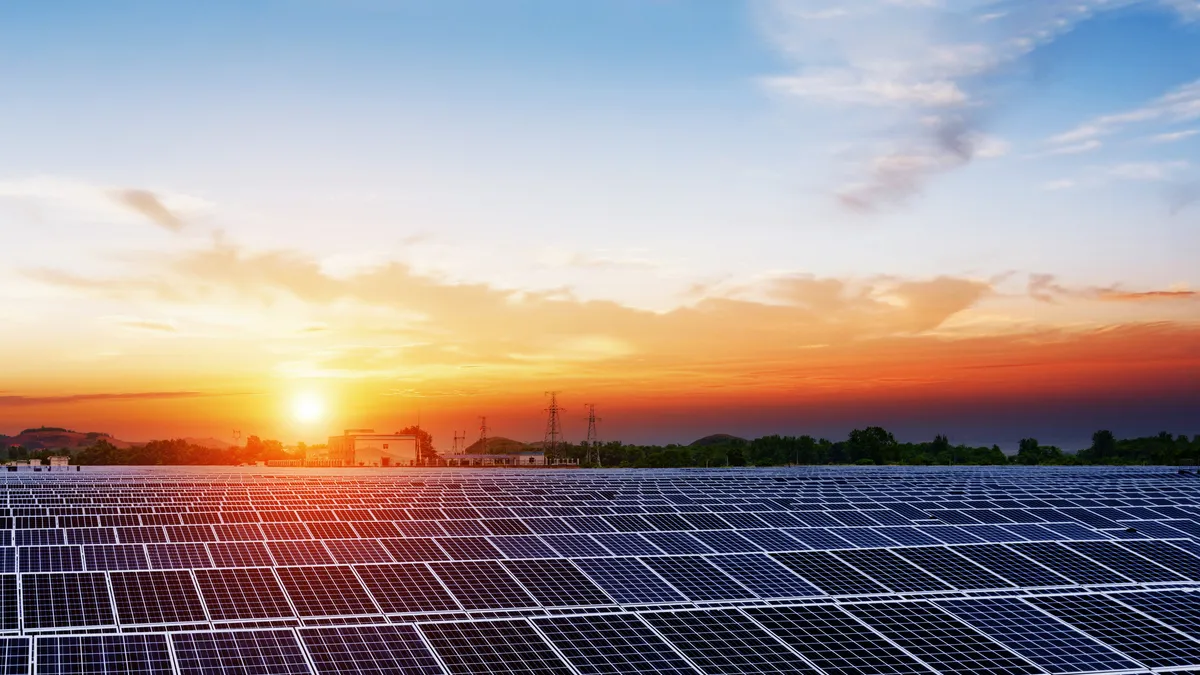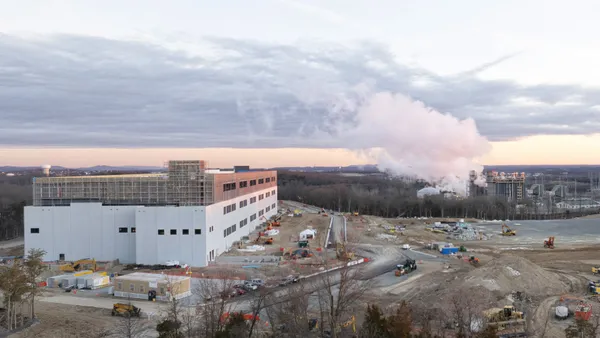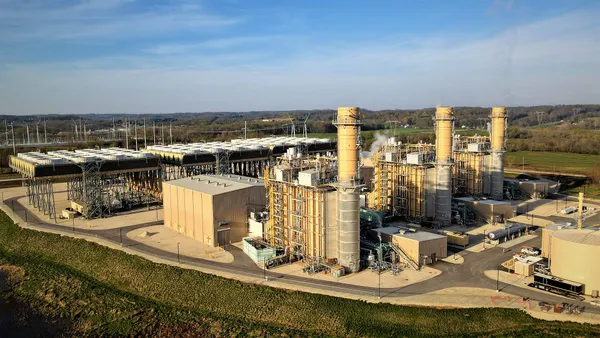Dive Brief:
-
New Hampshire lawmakers last week passed a bill that would require 5.4% of electricity in the state to come from new solar resources by 2025.
-
Currently, the state's renewable portfolio standard (RPS) requires 25% of power to come from renewables by 2025, and carves out just 0.7% of that generation for new solar by 2020, the lowest carveout for all resources mandated under the standard. The bill passed the Senate June 13 after being amended and passed in the House June 6.
-
Advocates in the state say the proposed legislation, Senate Bill 168, is a step forward for the resource in New Hampshire, but also warn the governor may veto. Earlier this month, Gov. Chris Sununu, R, rejected a measure that would have lifted the state's net metering cap from 1 MW to 5 MW.
Dive Insight:
New Hampshire has lagged behind its neighbors in solar policy and advocates in the state say partisan politics are in part to blame.
The bill passed strictly across Democratic lines in the Senate — the majority party in both state legislative chambers — and was largely split across party lines in the House and Senate as well.
"It's not a technical or an informed decision based on technology that's available. It has been strictly a political hurdle for expanding solar," Sierra Club Chapter Director and Senior Organizing Representative Catherine Corkery told Utility Dive.
Lawmakers in May passed House Bill 365, which would have expanded net metering in the state and prevented utility cost shifting for net metering customers, along with quintupling the cap on net metering. The governor vetoed the bill June 3, but the House is teeing up an override vote in September on the measure, which passed the chamber 254-98 the first time around, surpassing the two-thirds margin it would need to knock out the executive branch veto.
Senate Bill 168 is also likely to be vetoed, "and chances for a veto override are low," Executive Director of the New Hampshire Sustainable Energy Association Madeleine Mineau told Utility Dive in an email.
Both bills have the potential to really boost solar output in the state, and are a good opportunity to "ease stress on the regional grid" through distributed energy resources said Corkery.
"This is about having not only just more quantity of solar, but [more solar] in a shorter amount of time," she said. "This is about helping our economy, expanding our local energy resources and putting the control in the consumers' hands rather than the utilities."
The majority of New Hampshire's generation comes from nuclear energy, followed by natural gas. Renewables are broken down into four categories under its RPS, with class I including all new renewables or "useful thermal", class II all new solar, class III existing biomass and methane and class VI existing hydroelectric.















